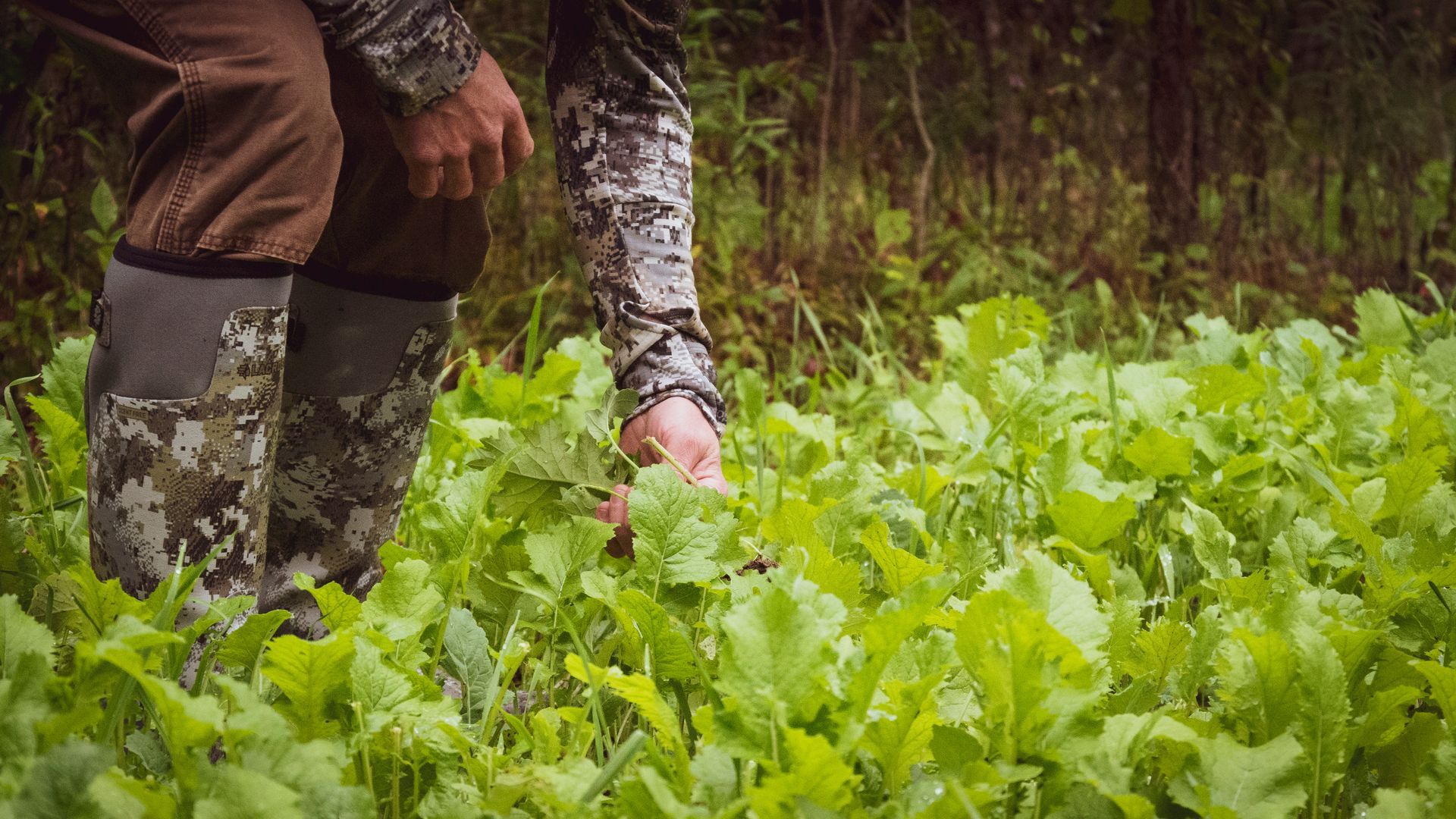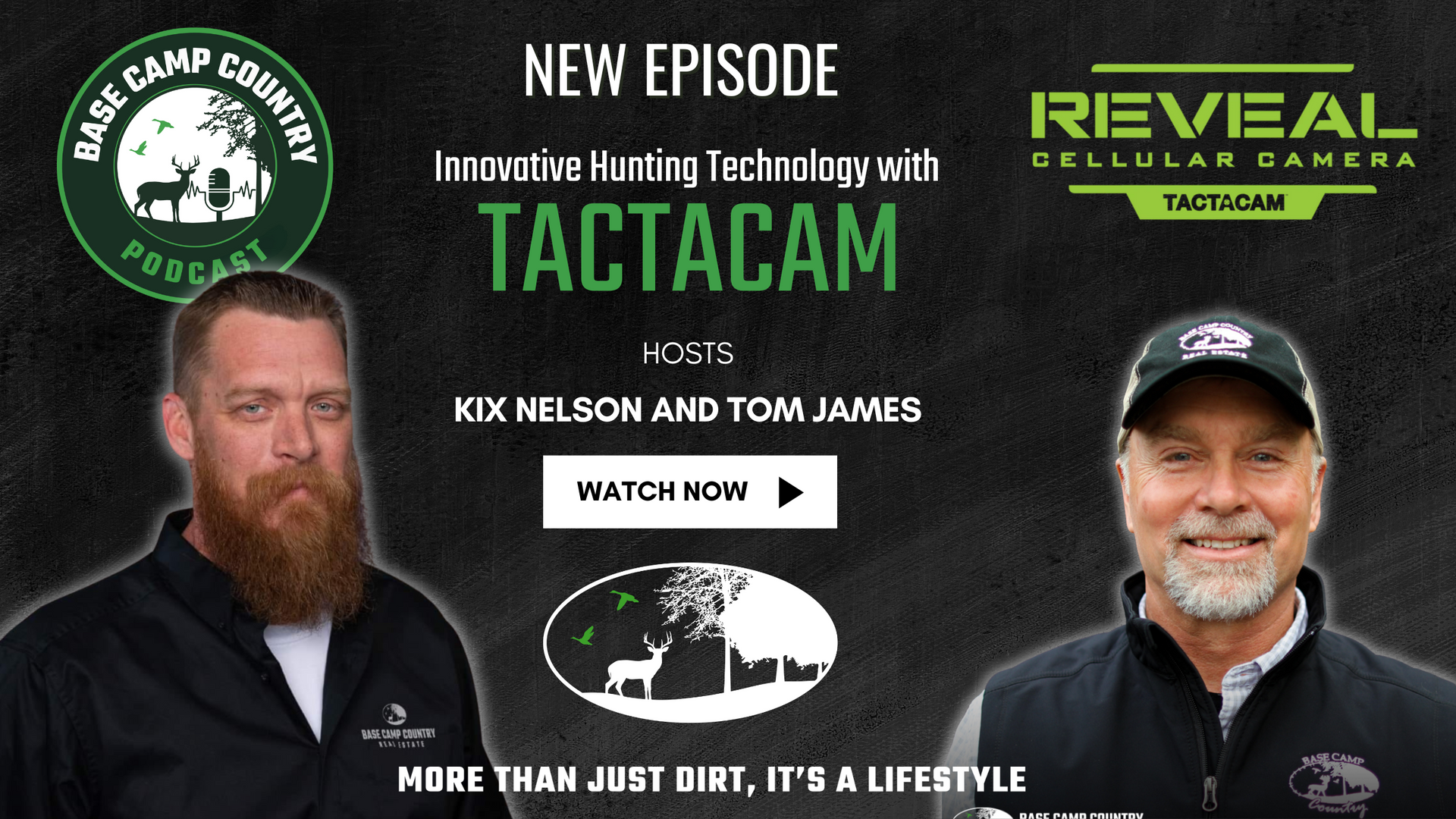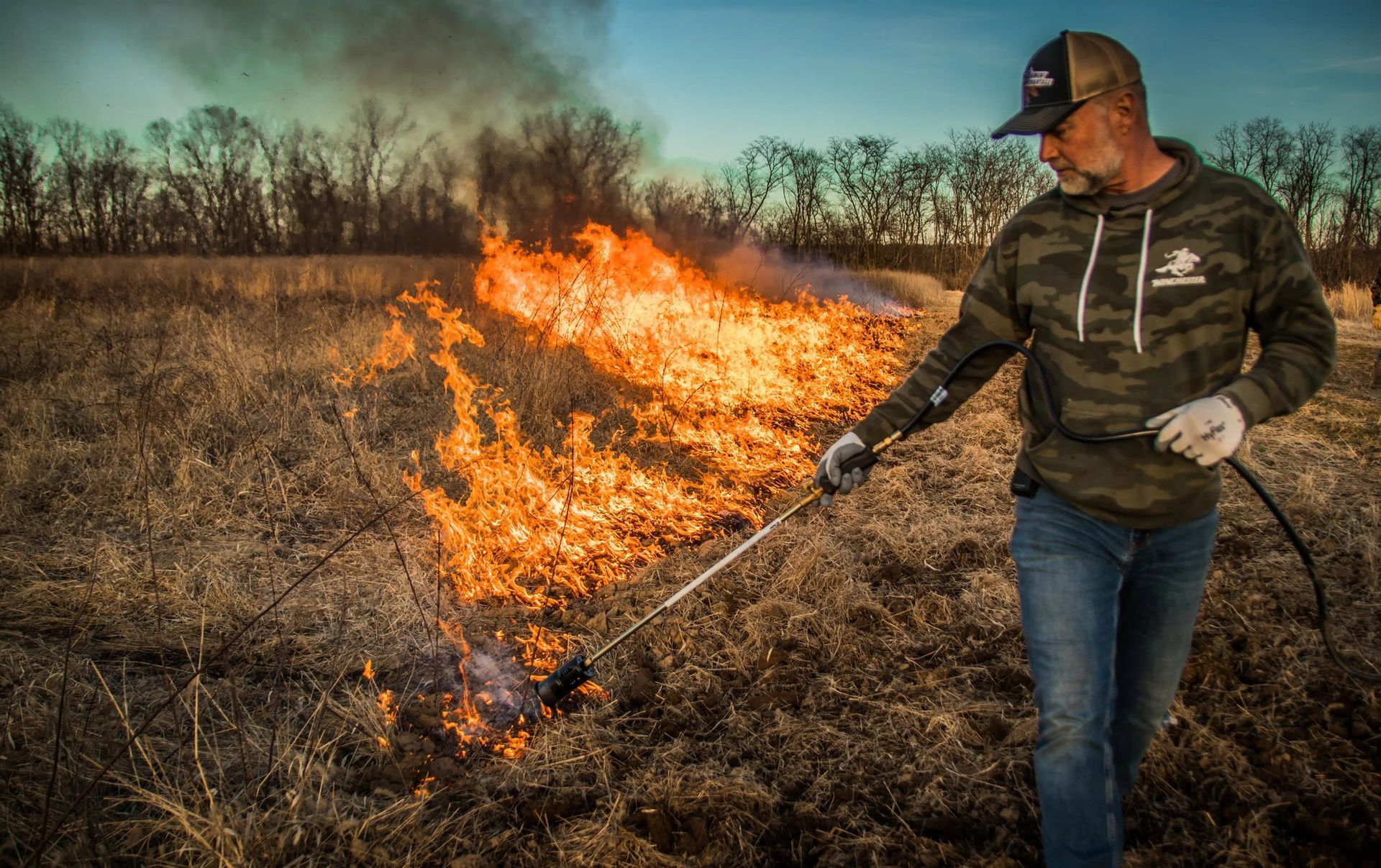Food Plots: A Strategic Tool for Deer Hunting
Comparing Strategies to Optimize Your Property for Successful Deer Hunts

Food Plots vs. Natural Habitat: Which is Better for Deer Hunting?
One of the most debated topics among hunters and land managers is whether food plots or natural habitat improvements are better for attracting and holding deer on a property. Both methods have their advantages and challenges, but the best approach often depends on your goals, property size, and budget. Let’s break down the pros and cons of each to help you make the right decision for your land.
Food Plots: A Strategic Tool for Deer Hunting
Food plots are deliberately planted areas designed to provide a consistent and attractive food source for deer.
Pros of Food Plots:
- Control and Predictability:
- Food plots allow you to choose specific crops that deer prefer, such as clover, soybeans, or brassicas.
- They create predictable feeding patterns, making it easier to plan your hunts.
- Attractiveness:
- High-quality food plots can draw deer from neighboring properties, increasing deer activity on your land.
- Nutritional Benefits:
- Properly maintained food plots provide a high-protein diet that supports antler growth, body weight, and overall herd health.
Cons of Food Plots:
- Cost and Labor Intensive:
- Establishing and maintaining food plots can be expensive, requiring equipment, seed, fertilizer, and herbicides.
- Regular upkeep, such as mowing and soil testing, is necessary to keep the plots productive.
- Seasonal Limitations:
- Food plots are most effective during specific times of the year and may not meet a deer’s needs year-round.
- Dependence on Weather:
- Poor weather, such as droughts or excessive rain, can ruin crops and reduce the effectiveness of your food plot.
Natural Habitat: The Foundation of a Healthy Ecosystem
Improving the natural habitat on your property involves enhancing the existing vegetation and ecological conditions to meet deer needs.
Pros of Natural Habitat:
- Year-Round Benefits:
- A diverse natural habitat provides food, cover, and bedding areas throughout the year, not just during hunting season.
- Cost-Effective:
- While some habitat improvements require an upfront investment, such as prescribed burns or selective timber harvests, the long-term maintenance is often lower than food plots.
- Supports Biodiversity:
- Improving natural habitat benefits not only deer but also other wildlife, promoting a healthier and more balanced ecosystem.
- Resilient to Weather:
- Natural food sources, such as acorns, browse, and native grasses, are less affected by weather than cultivated crops.
Cons of Natural Habitat:
- Less Predictable:
- Deer movement and feeding patterns are harder to predict in a natural setting compared to food plots.
- Time-Consuming:
- It may take years for habitat improvements, such as tree plantings or forest management, to fully mature and yield results.
- Requires Knowledge:
- Effective habitat management requires a good understanding of the local ecosystem and deer behavior.
Combining the Best of Both Worlds
For many landowners, the ideal strategy is to use a combination of food plots and natural habitat management. Here’s how:
- Focus on Natural Habitat First:
- Start by improving the natural habitat, as it forms the foundation of a sustainable ecosystem.
- Plant native grasses, manage timber stands, and create thick bedding areas to provide food and cover.
- Use Food Plots Strategically:
- Add food plots to supplement natural resources, especially during times of the year when native food is scarce.
- Place food plots near bedding areas to encourage daytime feeding and improve hunting opportunities.
- Tailor to Your Property’s Needs:
- Assess your land’s current resources and identify gaps in food, cover, or water. Use food plots and habitat improvements to fill those gaps.
Key Considerations
- Property Size:
- On smaller properties, food plots may have a more immediate and noticeable impact.
- Larger tracts of land benefit more from habitat management due to the increased space for diversity.
- Budget:
- Food plots are ideal for hunters with the resources to invest in equipment and maintenance.
- Natural habitat improvements are better suited for those seeking long-term, low-cost solutions.
- Hunting Goals:
- If your goal is to attract deer for hunting season, food plots can be highly effective.
- If you’re focused on improving the overall health of the deer herd and ecosystem, habitat management is essential.
Conclusion
Ultimately, the decision between food plots and natural habitat doesn’t have to be an either/or choice. Both play a vital role in managing a successful hunting property. By understanding the strengths and limitations of each, you can create a balanced approach that benefits deer, other wildlife, and your hunting goals.



